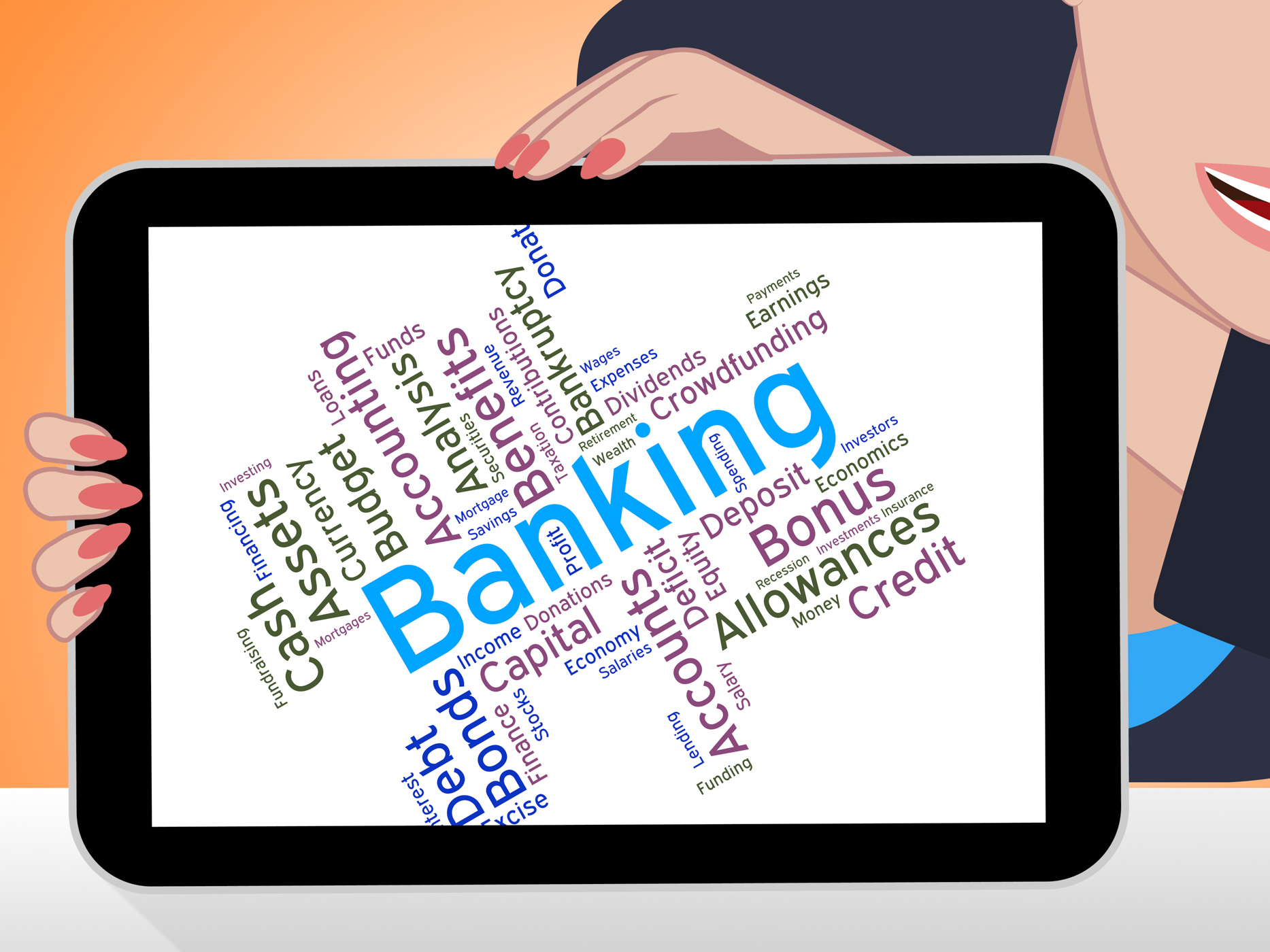The current economic landscape can be a tough terrain to navigate, especially with all the moves and decisions made by the Federal Reserve. As business owners or individuals, it’s important to stay up-to-date with these changes as they can greatly affect our finances. In this blog post, we’ll discuss what you need to know about the Fed’s latest move and how it will impact your financial well-being. So sit tight, grab a cup of coffee, and let’s dive in!
What is the Federal Reserve?
The Federal Reserve is an American central bank. It was founded on December 23, 1913, after the U.S. Congress passed the Federal Reserve Act. The Fed’s primary responsibilities are to promote economic stability by influencing interest rates and providing financial assistance to banks during times of crisis. The Fed also helps to coordinate financial policy between the U.S. government and the banking sector.
What is the Fed’s Asset Purchase Program?
The Federal Reserve’s asset purchase program, otherwise known as quantitative easing, is a policy that was created in response to the 2007-2009 recession. Quantitative easing involves the Fed purchasing government bonds and other assets in order to increase economic activity and reduce unemployment. The goal of the program is to keep interest rates low in order to stimulate growth and revive the economy.
The Fed began its quantitative easing program in March 2012 and has since purchased $3 trillion worth of assets. While the exact impact ofQuantitative Easing remains unknown, some economists believe that it has had a positive effect on the economy by increasing consumer spending, reducing borrowing costs, and boosting stock prices.
What is the Fed’s Latest Move?
The Federal Reserve released a statement on Wednesday announcing that it would begin raising interest rates in December. This move signals to the market that the Fed is feeling more confident about the economy and its future growth.
The Fed’s decision to raise rates comes after years of quantitative easing, which is when the central bank purchases government bonds in order to stimulate the economy. QE has helped keep interest rates low, which has made it difficult for people to afford homes and cars, among other things. Raising rates will make borrowing more expensive, which could discourage consumers from buying items they can’t afford and slow down the economy.
Despite this potential slowdown, many experts believe that the Fed’s decision was necessary in order to keep inflation under control and strengthen the country’s economic future.
What are the Implications of the Fed’s Latest Move?
The Federal Reserve made another move on Wednesday, increasing interest rates by 0.25%. The Fed has raised rates four times this year, in a bid to stimulate the economy and bring down high unemployment rates.
The Fed’s decision is likely to have a small effect on the economy, as the increase in borrowing costs is only temporary. However, it could signal that the Fed is starting to wind down its stimulus program, which could lead to higher interest rates in the future.
Other analysts say that the Fed’s move does not bode well for future economic growth. They note that if unemployment keeps dropping and inflation remains low, then the central bank will likely continue raising rates in order to prevent too much money from becoming available for investment. This could cause a slowdown in economic growth.
Conclusion
As we continue to navigate through the current economic landscape, it’s important to be aware of what the Federal Reserve has done recently. The Fed has announced that they will begin raising interest rates again in the coming months, which is a sign that the economy is continuing to strengthen. While this news might not be popular with everyone, understanding why the Fed is making these decisions is key to staying ahead of the curve. Thanks for reading and I hope you have learned something new!










